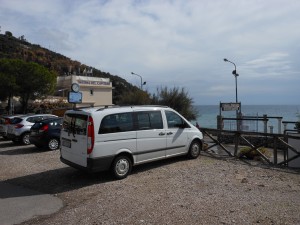 This time last week I was driving a Mercedes nine seater van around the Sorrento peninsula in Italy, on roads narrow and winding. Our family group of six adults and one 2 year old was enjoying the opportunity to get away to a beautiful part of the world.
This time last week I was driving a Mercedes nine seater van around the Sorrento peninsula in Italy, on roads narrow and winding. Our family group of six adults and one 2 year old was enjoying the opportunity to get away to a beautiful part of the world.
From a villa perched high on a hill near Massa Lubrense, we were able to see the beautiful sunset to the West over the Isle of Capri.
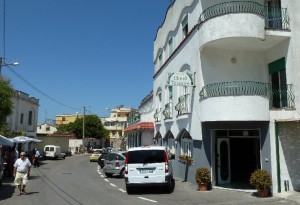 On other days, we toured on a myriad of small roads where, through Termini and other villages along the way, cars, buses, three wheeled vehicles, cats and pedestrians all manage to share the road and get where they want to go.
On other days, we toured on a myriad of small roads where, through Termini and other villages along the way, cars, buses, three wheeled vehicles, cats and pedestrians all manage to share the road and get where they want to go.
Further on, winding along toward Positano and the Amalfi Coast, the road provides both a spectacular set of views and a number of challenges in dealing with buses and other vehicles.
Before we’d left home, having talked about the possibility of driving in Italy, we were regaled with horror stories of mad driver behaviour and a seemingly endless number of reasons why reasonable people shouldn’t countenance such irrational behaviour.
The problem is, of course, that like so much else, we approached the situation from the perspective of what we know: the existing and dominant paradigm in which the rules are there to regulate and order the environment.
Then, after seeing cars overtake other vehicles in seemingly extremely hazardous situations, I finally saw a sign that said the following.
And there it is: a simple way to challenge the dominant paradigm. Rather than wait until all risk has been effectively managed before taking action to overtake or get where we want to go, this sign encapsulates an attitude that says: “If we all want to achieve our objectives, and get where we want to go then there is a need to be aware that there will be others taking risks.” Put simply, it implies: “expect the unexpected and don’t vilify the risk taker.”
How often, in businesses, organisations and society generally do we judge the behaviour and actions of others from a notion of regulation and righteousness rather than as a celebration of our shared ability to recognise that it works best for all of us when we actively share the commitment to avoiding collisions and collaborate to achieve shared objectives? So simple when we can see the sign that invites us to disrupt our dominant paradigm and develop new schema through which to interpret and respond to our world.
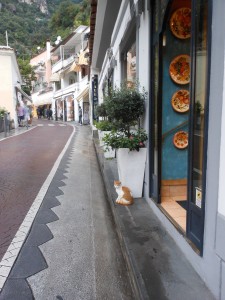 And, then there is room for us all; even the cat.
And, then there is room for us all; even the cat.

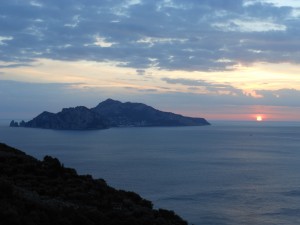
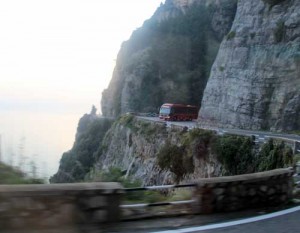

 Follow
Follow